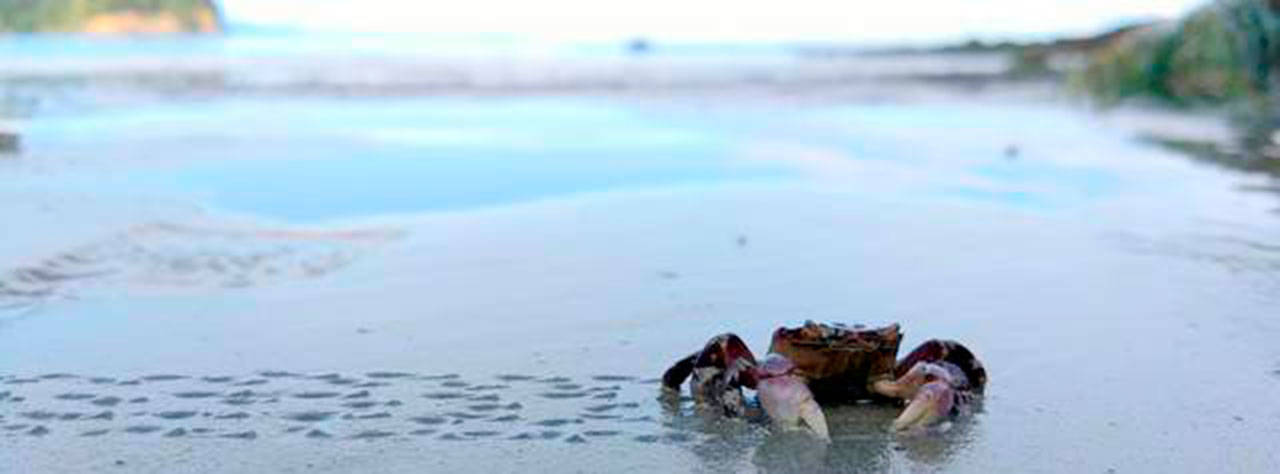The shell collector skillfully maneuvers his way across the beach, wades through waves, and sifts through sand to locate mollusks, identifying them by feel. A visit to an ophthalmologist at age 12 is fortuitous. The doctor introduces the blind boy to the beach.
“Overnight, the world became shells, conchology, the phylum Mollusca,” the singular lifelong obsession of the main character in Anthony Doerr’s far-fetched but fascinating short story.
I’m more of a serial subject obsessor–wildflowers, crabs, nudibranchs. It was with a general sense of longing for any sea creature I hadn’t yet seen that I planned our family vacation for the week that boasts the lowest daytime tides of the year.
During a dozen years of living on Whidbey, then Fidalgo island, I had only begun to pay close attention to tides during the last half. Jonathan White’s Tides: The Science and the Spirit of the Ocean provides in-depth explanations about the subject, including one of the most interesting to me, rotary tides or amphidromes (Pp 153-154), “an amphidrome has a center hub where…there is little or no tide.
The arms or spokes rotate, with the highest tides in each amphidrome occurring farthest from the center hub…these circling arms are indeed waves traveling at 450 miles per hour.”
Sea creature seekers like me must, at a minimum, be aware of tide heights.
A year ago, I first learned of a prospective place to view unfamiliar sea life: Salt Creek Recreational Area in Clallam County. Poor planning brought me there at a relatively high tide during a record low tide week, but it was obvious that if the water were to recede a few more feet, I’d be in tidepool paradise.
• To read Julee Rudolf’s complete blog, go to https://juleerudolfblog.wordpress.com/2018/07/19/which-beach-will-rule-in-a-tidepool-duel/



